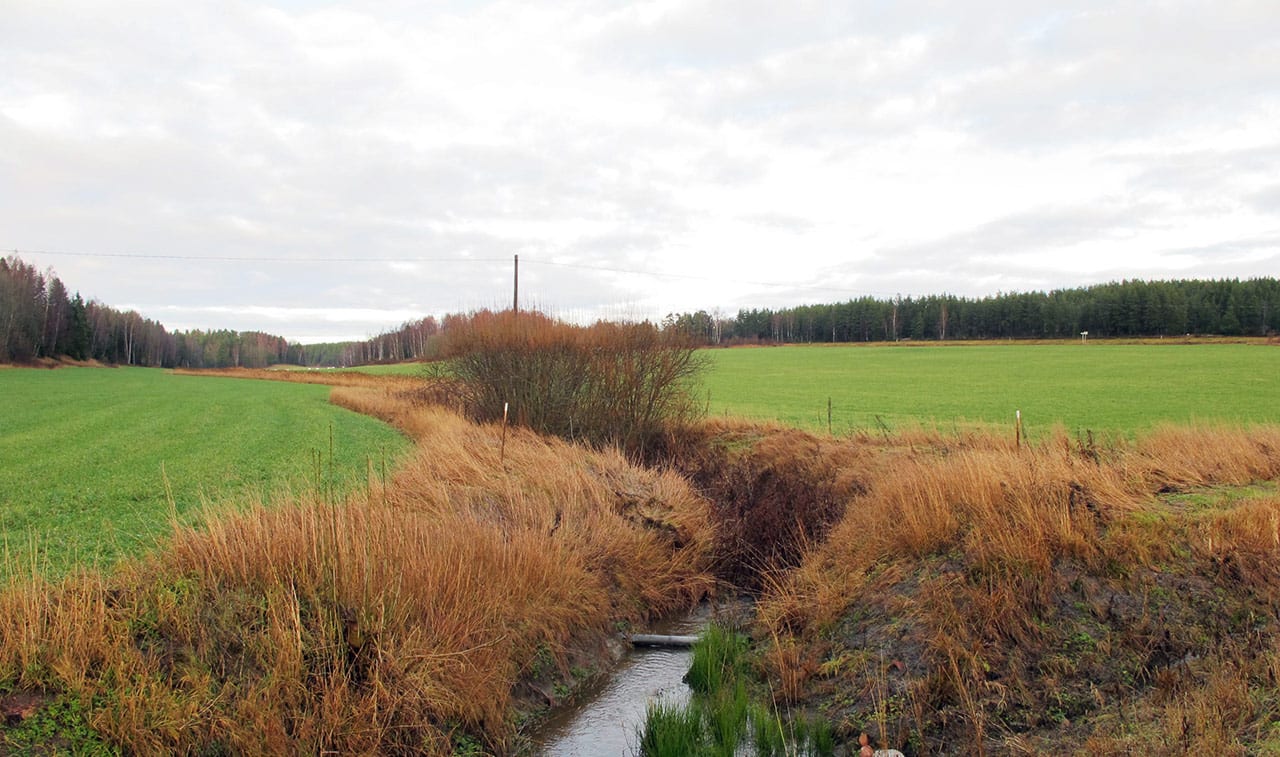Phosphorus and nitrogen
Protecting the Baltic Sea requires actions both on land and sea areas. Reducing nutrient load into the Baltic Sea is partly a political issue at national and international levels in the countries of the catchment area. However, every one of us can make a difference with our own choices. The load of nutrients entering aquatic ecosystems can be limited, for example, by changing our consumer behaviour, treating wastewater properly, and improving agricultural methods.
- Do you use non-phosphate detergents?
- Is your waste management and recycling in order? Do you have a compost?
- Is it necessary to use fertilizers in your garden?
- Would you be able to eat less meat and prefer locally produced food?
- Are your wastewaters treated properly?

Our choices as consumers
Most of the things that every one of us can do to reduce the nutrient load into the Baltic Sea are linked with our choices as consumers. Because food production, i.e. agriculture, causes nutrient inputs into the water, it is not meaningless what we eat. Producing meat is more polluting than producing vegetarian food, so we should diminish our meat consumption. By choosing locally produced food, we can reduce the airborne nutrient emissions originating from transportation. Furthermore, it is very important to reduce food waste.
Wastewaters
One important thing in reducing input of nutrients into the Baltic Sea is to make sure that our wastewaters are treated properly. Especially the wastewater treatment systems of households in dispersed settlements are usually not efficient enough when it comes to nutrient removal.

Agriculture
Reducing nutrient load from agriculture into the Baltic Sea needs improved cultivation and fertilization technologies to be developed and introduced in practice. The first target is to retain the nutrients in the fields. If the nutrients are leached from the fields into the water systems, their discharge into the sea must be prevented. For example, wetlands and different kind of filters capture nutrients and slow down their discharge. This is why we have to protect the remaining wetlands around the catchment area. Additionally, nutrient load can be reduced by recycling nutrients. See more of this in the section “Best practices”.


